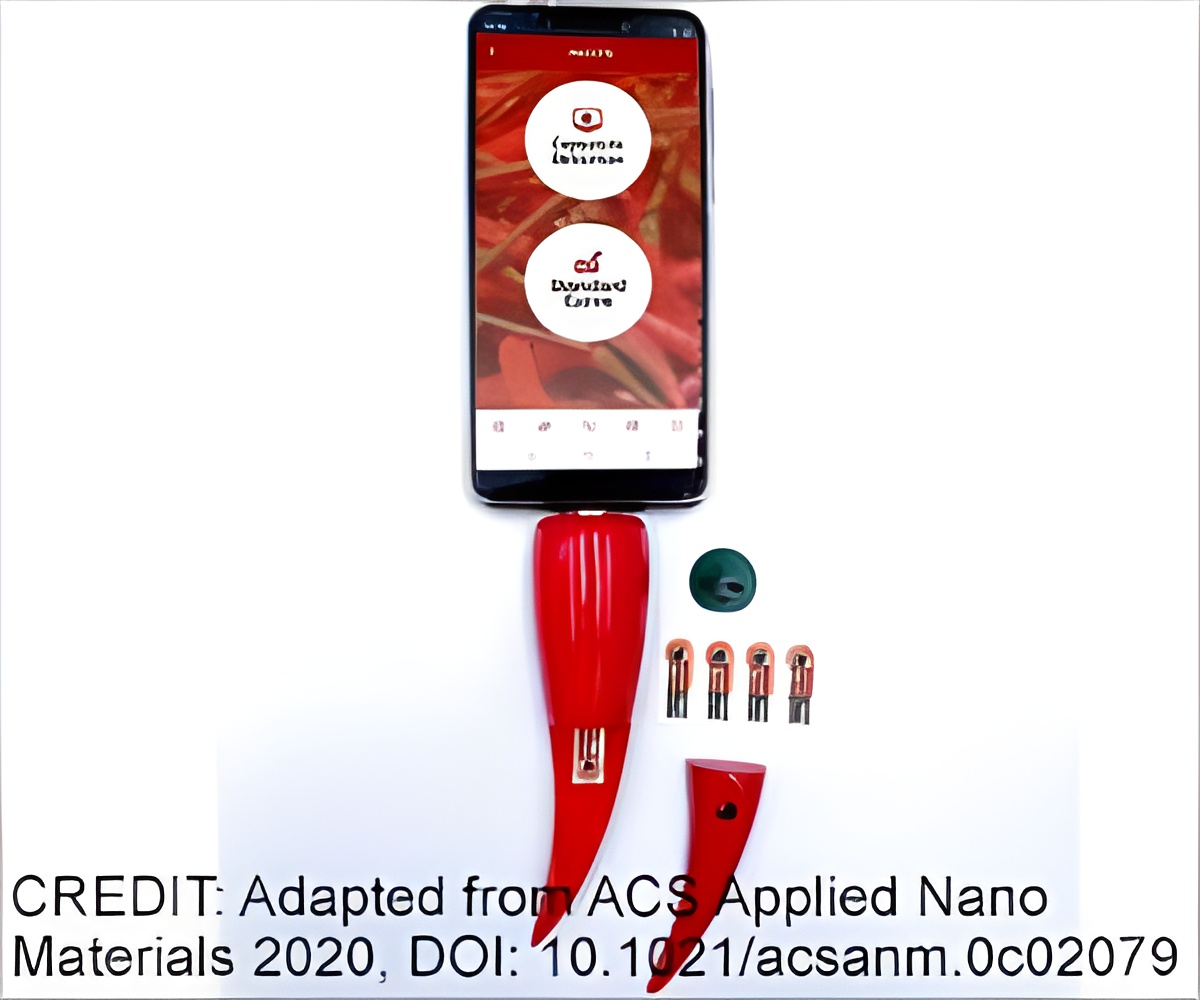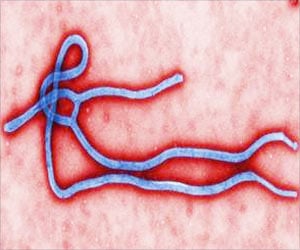
‘Capsaicin compound present in chili pepper is known to have several human health benefits, including anti-carcinogenic, anti-oxidative, and anti-inflammatory activities as well as anti-tumoral properties.
’
Read More..Tweet it Now
Chili peppers are a widely popular food ingredient around the globe. In addition to giving a spicy flavor, the capsaicin in chili peppers has numerous health benefits, including anti-carcinogenic, anti-oxidative, and anti-inflammatory activities. Hence, the demand for capsaicin as a food additive and a pharmaceutical agent is growing. Read More..
Warakorn Limbut and associates wanted to develop a simple, reliable, and cheap method to quantify chili peppers and food samples' capsaicin content. Other ways developed for this purpose are complicated, time-consuming, or require costly, bulky instrumentation.
The researchers made a portable tool shaped like a small chili pepper that could be attached to a smartphone to present the analysis results. The paper-based electrochemical sensor within the tool consisted of graphene nanoplatelets doped with nitrogen atoms to enhance their electrical conductivity.
When the team added a drop of diluted capsaicin to the sensor, the compound experienced oxidation and reduction reactions, producing an electrical current that the device identified. After optimizing the sensor, the researchers used it to discover capsaicin concentrations in six dried chili samples.
They added the chilies to an ethanol-containing solution, shook it up, and then added a sample drop. The device precisely measured capsaicin concentrations from 7.5-90 μM in the 6 samples and could detect down to 0.37 μM in the diluted samples.
Advertisement









